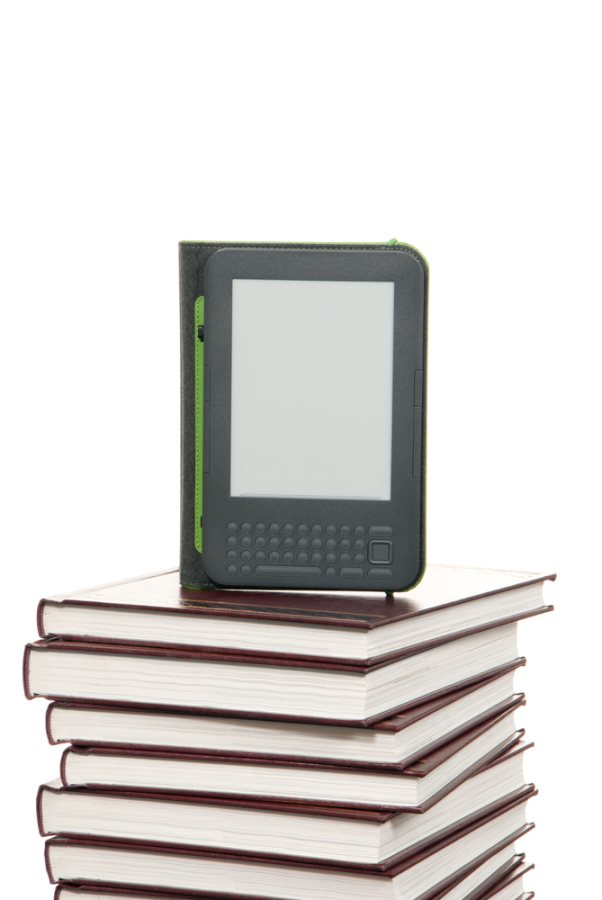The United States Patent and Trademark Office Patent







Can companies patent the genes that cause some types of breast cancer, so that only they can perform the tests for these genes? The Federal Circuit has said yes—twice—but their decision is being appealed. The case, started by the ACLU in 2009, may wind up back in front of the Supreme Court again in 2013 if the court grants certiorari.
BRCA1 and BRCA2 were two of the first genes to be identified in causing breast cancer. Myriad Genetics and the University of Utah Research Foundation obtained patents on these two genes, and they were the only entities that were allowed to license tests that could detect the presence or absence of the genes. These patents were rigorously enforced, leading many researchers to halt research on the BRCA1 and BRCA2 genes due to fears of being sued for patent infringement.
Myriad and the University of Utah Research Foundation even controlled the ability of researchers to look at the genes and create their own testing protocols. Patent law has long held, even since before the beginnings of the United States, that patents were not available on “products of nature.” The ACLU interpreted this to mean that the patent on the BRCA1 and BRCA2 was in violation of existing patent law, and they sued in federal district court.
The district court ruled at trial that the patents were illegal, but the appeals court reversed. The Supreme Court first looked at this issue two years ago and sent the case back to the Federal Circuit Court of Appeals, saying that it needed to change the way it was looking at the patents. In September of 2012, the Federal Court of Appeals ruled once again that the BRCA1 and BRCA2 gene patents did not violate United States law.
The suit is being filed on behalf of several women with the genetic mutation, including women who were unable to find out about their genetic mutations for some time due to the extremely high cost of testing. At the time when the lawsuit was filed, testing for the BRCA1 and BRCA2 genes could cost more than $4,000.
While the Court of Appeals ruled against the ACLU about the specific patents on the genes, there was a silver lining for people hoping for better access to testing in the future. The Court of Appeals also ruled that any patents on methods for comparing the genes to “wild-type” genes were not in fact legal according to United States patent and trademark law.
The Appeals Court based its ruling on the idea that once the genes being tested are reproduced in a laboratory and divorced from their constituent chromosomes, they are no longer “products of nature” but rather patentable objects of scientific study. The court said in its decision that if the United States Congress wanted to, it could constitutionally alter patent law in order to forbid the patenting of specific isolated genes, but that no such laws had been passed by Congress.
Sources: uscourts.gov, aclu.org


Summary of Patently Offensive
The term patently offensive refers to obscenity law under the First Amendment of the U.S. Constitution. The term now mainly address broadcasting
standards under the Federal Communications Commission, but it also applies to publications like adult magazines and other types of adult material.
How does the Supreme Court label something offensive or obscene?
According to the FCC and the Supreme Court, a broadcast is considered offensive and obscene if it meets criteria under three different statements. The broadcast is offensive if:
· “An average person, applying contemporary community standards, must find that the material, as a whole, appeals to the prurient (involving sexual desire) interest”
· “The material must depict or describe, in a patently offensive way, sexual conduct specifically defined by applicable law”
· “The material, taken as a whole, must lack serious literary, artistic, political or scientific value”
Brief History of Broadcasting Restrictions
The set of restrictions listed in the section above is known as the “Miller Test.” The term comes from a case that was decided by the Supreme Court on June 21, 1973.
Before the case was brought to court, Miller mailed a large number of advertisements for illustrated books that were referred to as adult material. Miller was found guilty of distributing obscene material after he sent five advertising brochures to a restaurant in Newport Beach, California. The manager of the restaurant never asked for the material, and he opened the envelope without knowing it was adult material.
The restaurant manager and his mother complained to the police, and Miller was found guilty of distributing obscene material and violated California Penal Code §311.2(a). The case was appealed and affirmed.
The brochures advertised a total of four books that were titled Intercourse, Man-Woman, Sex Orgies Illustrated, and An Illustrated History of Pornography. Pictures of genitalia were displayed throughout the books.
FCC Restrictions for Patently Offensive Material
Even though there is nothing in the First Amendment that can ban indecent material, broadcasting services can restrict the patently offensive material during certain times of the day. Federal statute prohibits the use of indecent material between 6:00 a.m. and 10:00 p.m.
There is a difference between offensive and obscene material. The FCC describes indecent material as “language or material that, in context, depicts or describes, in terms patently offensive as measure by contemporary community standards for the broadcast medium, sexual or excretory organs or activities.” Simply, less offensive material is indecent while the most offensive material is obscene.
Can I file a complaint about indecent material?
Yes, you can submit a complaint to the FCC and they will review the material and decide of it violates profanity, indecency, or obscenity laws. If the FCC does not find the description of the indecent material offensive, they will send a dismissal letter. You have the option to re-file the complaint if you can provide more information. You can file a complaint by calling 1-888-CALL-FCC. If you’re submitting any type of media (like a DVD or CD) with the complaint, use the following address:
Federal Communications Commission
Consumer & Governmental Affairs Bureau
Consumer Inquiries and Complaints Division
9300 East Hampton Drive
Capitol Heights, MD 20743
Sources: https://www.fcc.gov/guides/obscenity-indecency-and-profanity,

